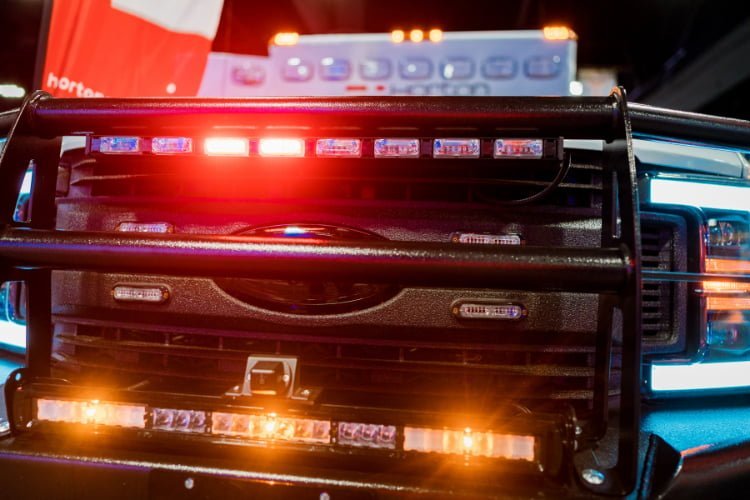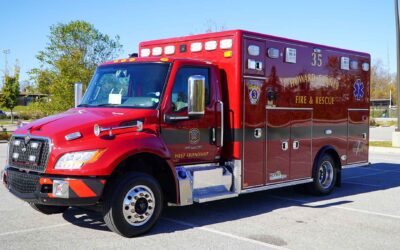
By Jason D. Haag, CCEMT-P, CIC, CAC, CADS
What is the first great care of healthcare providers? To do no harm. We all know that. It is one of the first fundamentals we learn when we embark on our journey of learning to care for our fellow people. Are we doing a disservice to our patients when we “rapidly” transport them to the hospital using lights and sirens? One could argue, we are.
Many who have been in EMS and public safety for a while may argue that we save precious time transporting lights and sirens. A study from way back in 1995 proved this wrong, yet we still do it. In Greenville, NC, there was only a time savings of 43.5 seconds. In some settings, time saved may be more. An abstract look of different geographical areas showed a time savings of anywhere from 1.7 minutes to 3.6 minutes using lights and sirens. The question we must ask ourselves, is how much benefit will our patients gain by arriving at the hospital 1.7 to 3.6 minutes sooner? The answer typically is none. The risk, outlined below, clearly outweighs any benefit.
More from the Author
When we transport lights and sirens, we not only put the public at risk, but our patients, and ourselves as well. As far back as 2002, a study indicated that of the EMS fatalities from 1992 to 1997 that 67 were ground related fatalities from vehicle crashes. In April of this year, an ambulance and civilian vehicle collided in New York City while running lights and sirens leaving a 95-year-old patient dead and eight other people injured. Remember back to the first line of this article where our job is to do no harm? We’re doing harm. We’re causing the death of patients while transporting them to the hospital and injuring other people. We’re killing ourselves.
Think about the phycological effects lights and sirens have as well. The use of driving lights and sirens will increase the stress level of your vehicle operator and will add to the stress level of those providing patient care in the back. The sound of sirens will increase the anxiety level of your patient as well. Consider that you are transporting a STEMI patient to a hospital, and you are using lights and sirens – increasing their anxiety level. Do we really need to add stress to this patient and increase their myocardial oxygen demand? The answer is no.
This is an extremely controversial topic even though it has been studied for decades. Many may be resistant to change. Many may argue that second and especially a few minutes, count. In very few instances they may, but does the benefit outweigh the risk? It’s a question I challenge you to answer. Another thing I challenge you to consider is, are we still transporting lights and sirens because “we’ve always done it this way?”
Jason D. Haag, CCEMT-P, CIC, CAC, CADS, is the quality assurance analyst and clinical educator for MultiMed Billing in Baldwinsville, NY. He is also an active paramedic with Wayne County Advanced Life Support, a firefighter for The City of Geneva Fire Department, and serves on many EMS boards and community organizations. Jason is also a speaker at many EMS conferences across the country.
References
https://www.ems.gov/pdf/Lights_and_Sirens_Use_by_EMS_May_2017.pdf




